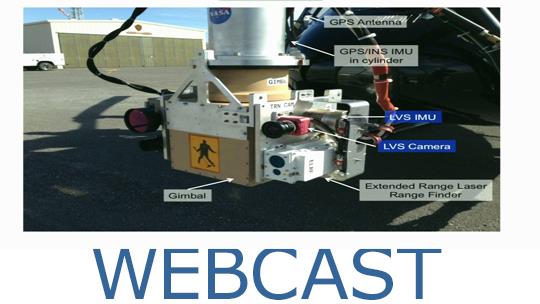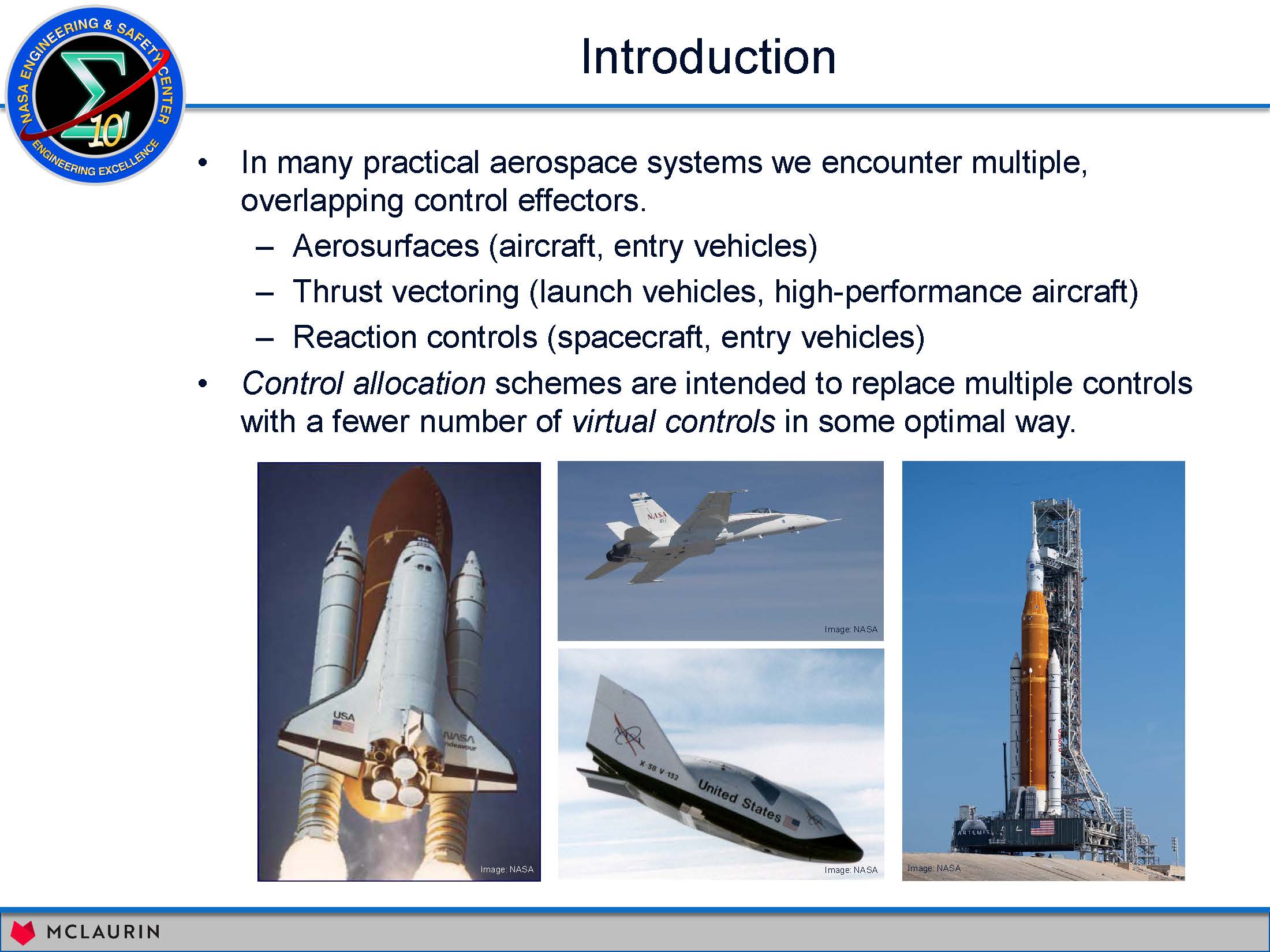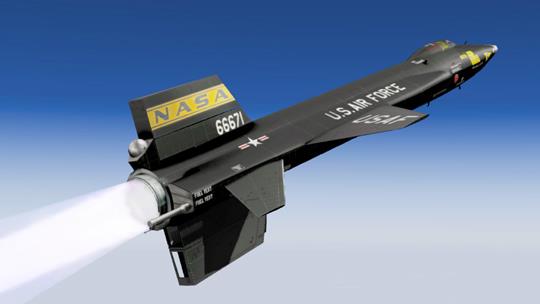X-15 Flight 3-65-97 Accident Analysis: A Fresh Look at the Role of the MH-96 "Self-Adaptive" Flight Control System
Discipline: Guidance, Navigation and Control
Presented via Webcast on May 28, 2014
Over its ten year lifespan and 199 flights, the X-15 program was remarkably successful in developing and operating the first manned hypersonic research platform. However, the program suffered a fatal accident in November 1967 when X-15-3, the only aircraft outfitted with advanced pilot displays, an adaptive flight control system, and an advanced reaction control system was lost after entering a spin at an altitude of 230,000 feet and a velocity near Mach 5. The pilot, USAF Maj. Michael J. Adams, was killed when the aircraft broke up at 62,000 feet near Cuddeback Lake, CA.
In an effort to reduce risk to emerging aerospace vehicle concepts, a comprehensive analysis has been undertaken to fully understand the causes and evolution of the accident in light of fifty years of flight control and human factors experience. Attention is focused on both the technical as well as the programmatic and cultural factors that affected the outcome in this incredibly complex accident. New findings have emerged that change our understanding of the roles of the adaptive control system, the pilot, and ground control in the incident.



